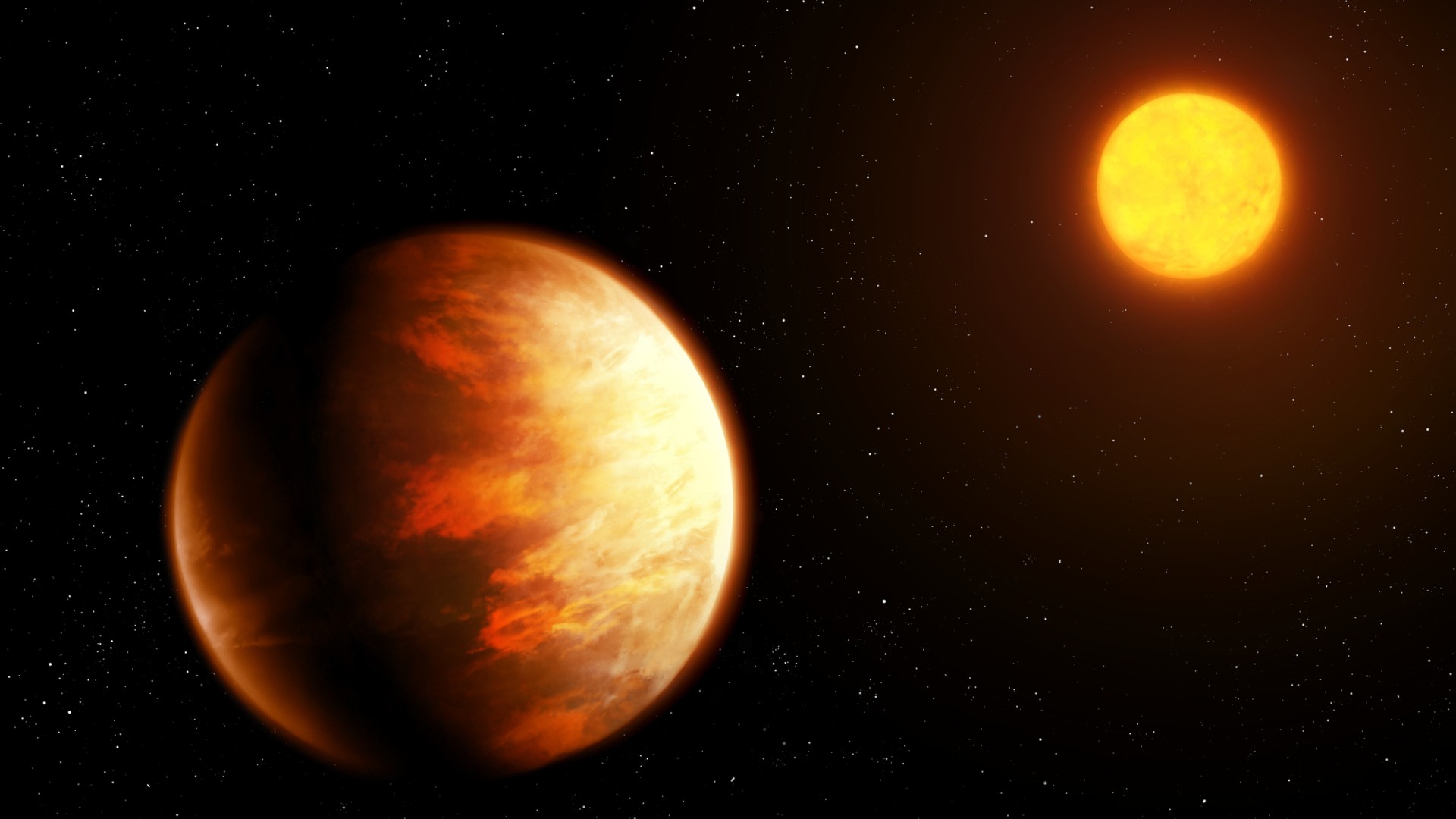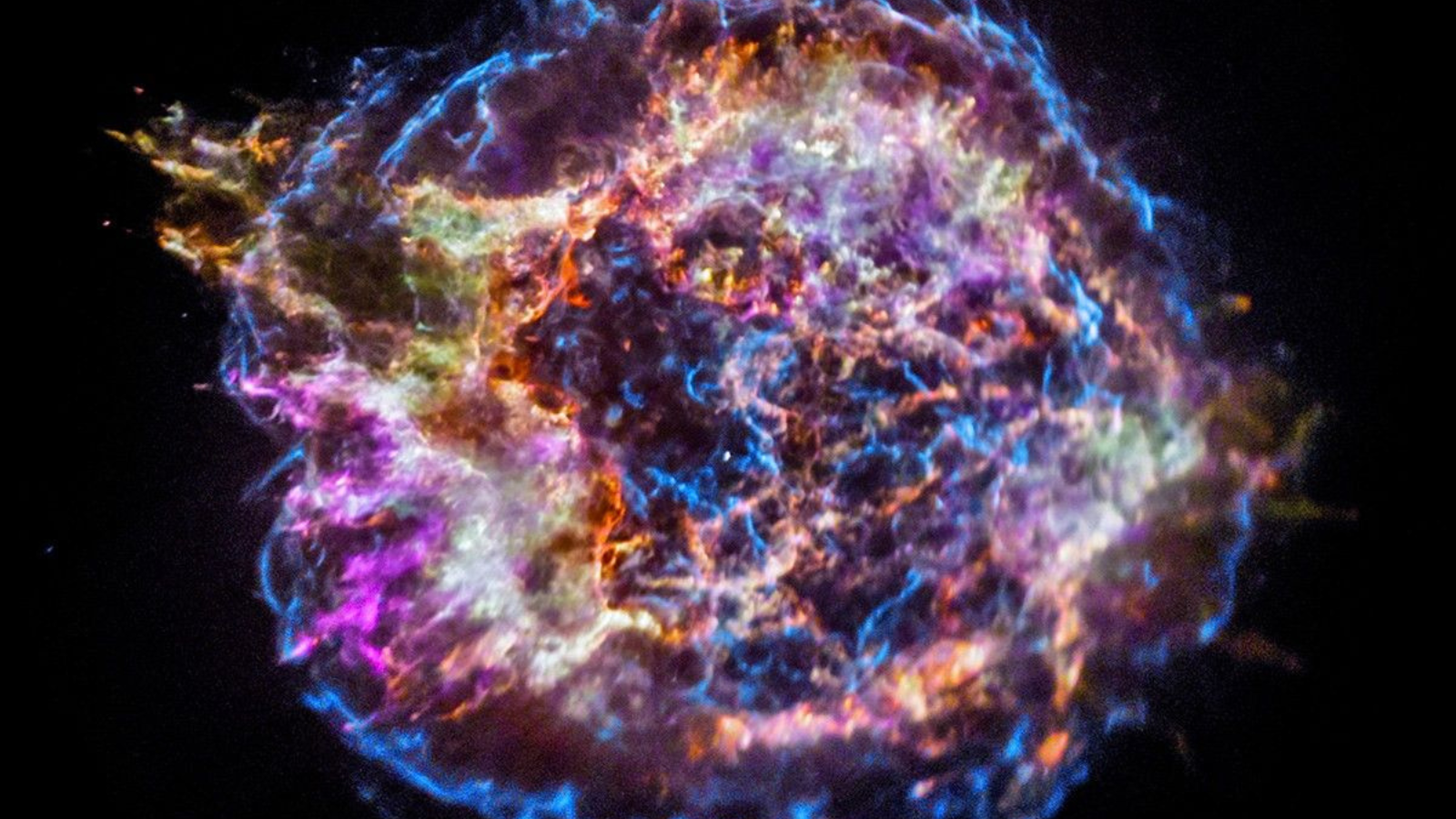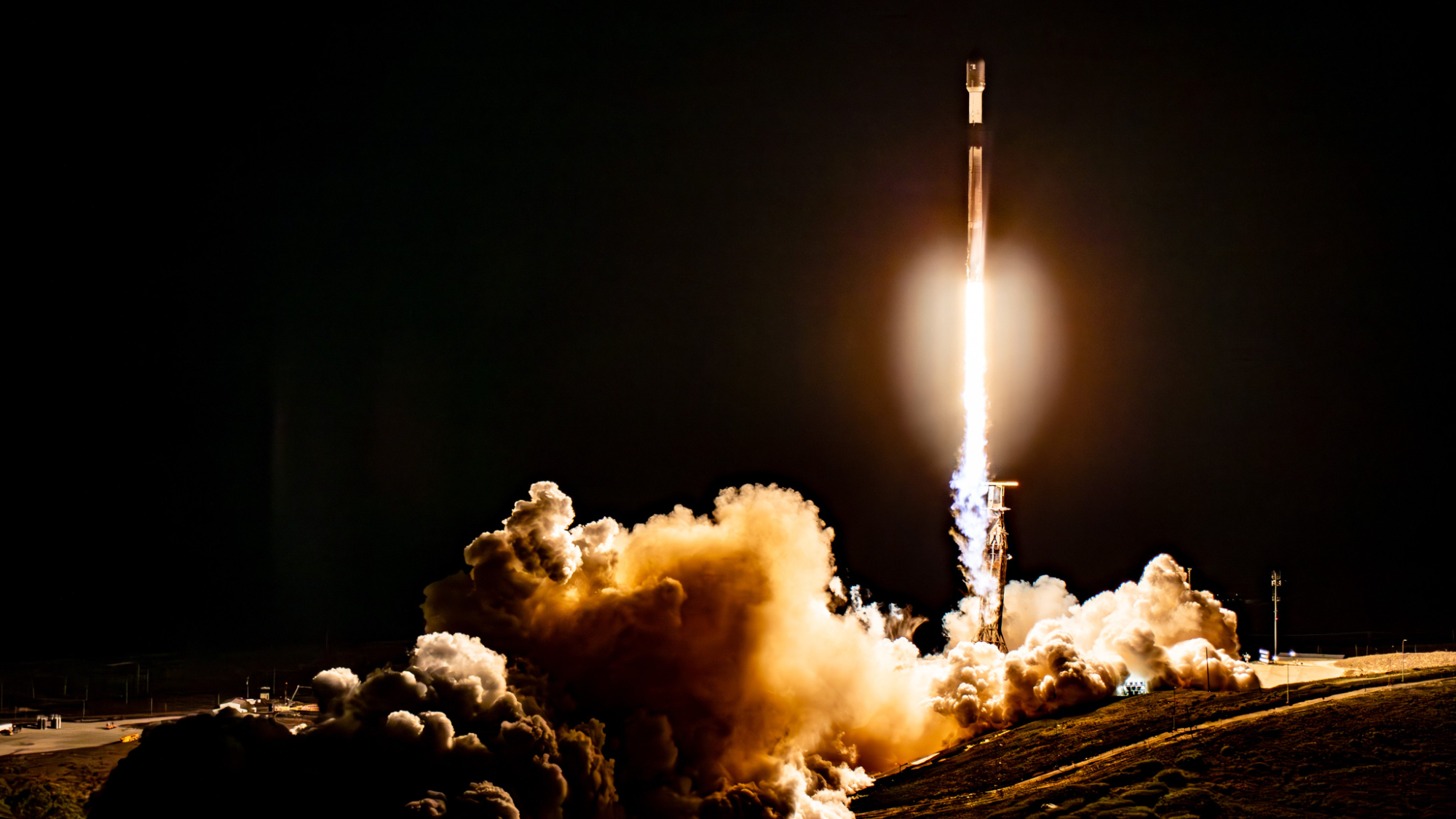Now Reading: Astronomers Uncover Rare Atmosphere on Blazing Exoplanet Cuancoá
-
01
Astronomers Uncover Rare Atmosphere on Blazing Exoplanet Cuancoá
Astronomers Uncover Rare Atmosphere on Blazing Exoplanet Cuancoá

Speedy Summary
- The James Webb Space Telescope (JWST) has analyzed the atmosphere of a rare Neptune-sized exoplanet called LTT 9779 b, also known as Cuancoá.
- Discovered in 2020, the exoplanet orbits its sun-like star every 19 hours and exists in the “hot Neptune desert,” where few planets are typically found.
- LTT 9779 b has a mass about 29 times that of Earth and is tidally locked, with one side constantly facing its host star at temperatures up to 3,600°F (2,000°C).
- Using JWST’s advanced spectrograph technology, scientists detected water vapor and reflective clouds on the day side of the planet.These clouds are believed to form due to high atmospheric metallicity and cool temperature drops on certain parts of its surface despite extreme heat.
- This unique planet challenges traditional understandings of how planets evolve under such extreme conditions-showing partial cloud cover on its dayside and an unusually high albedo (reflectivity).
- Researchers traced weather patterns influenced by stark day/night temperature differences leading to eastward jet streams; this contributes to cloud formation dynamics on the dayside’s western edge.
- Ongoing studies utilizing additional telescopes like Hubble aim to unravel more about Cuancoá’s atmospheric composition and weather systems.
Image Credits: Illustrations provided by Nazarii Neshcherenskyi/Getty Images and Université de Montréal.
Indian Opinion Analysis
The exploration of LTT 9779 b through JWST signifies another remarkable step forward in humanity’s quest for understanding distant worlds beyond our solar system. For India-a nation with growing investments in space science through organizations like ISRO-such studies reinforce collaboration opportunities as they strive for leadership in astrophysics research. The revelations about Cuancoá’s extreme climate highlight sophisticated advancements in telescope technology that could inspire India’s upcoming space instruments like Aditya-L1 for solar studies or future observatory missions.
India can draw critical lessons from these global achievements both scientifically and technologically while continuing efforts toward boosting indigenous robust scientific capabilities to decode planetary atmospheres or gauge extraterrestrial phenomena pivotal implications crucial planetary system-evolution



























